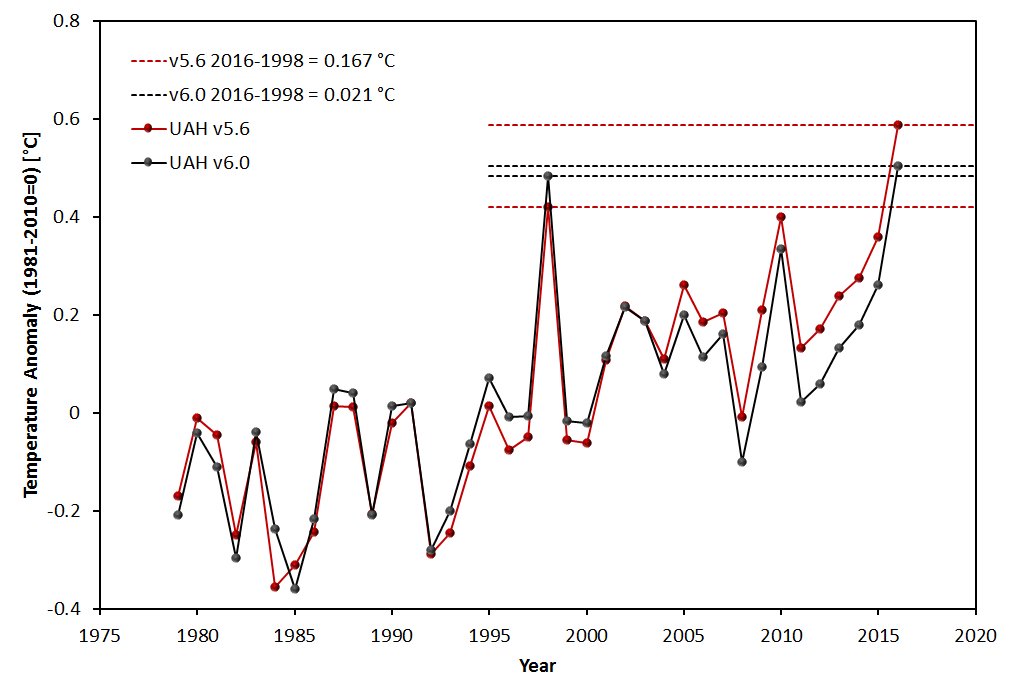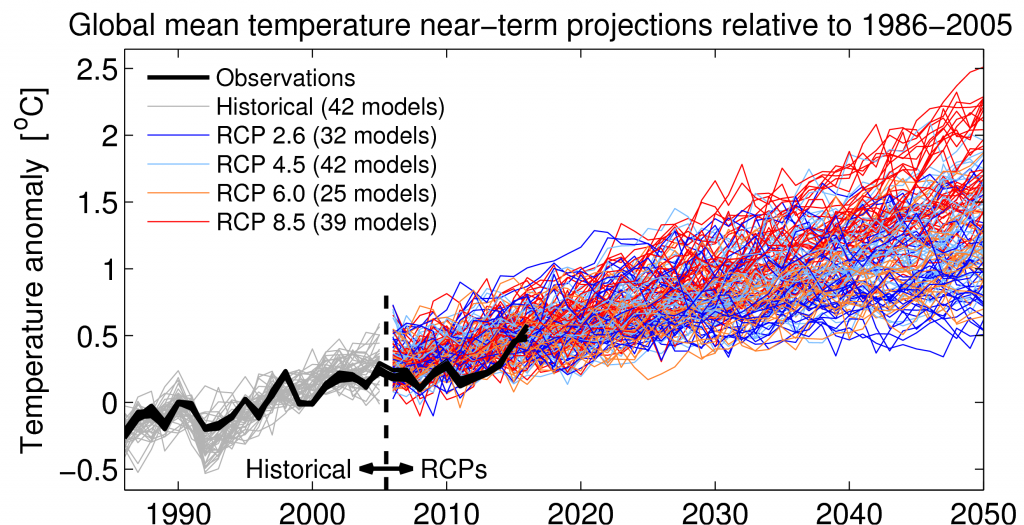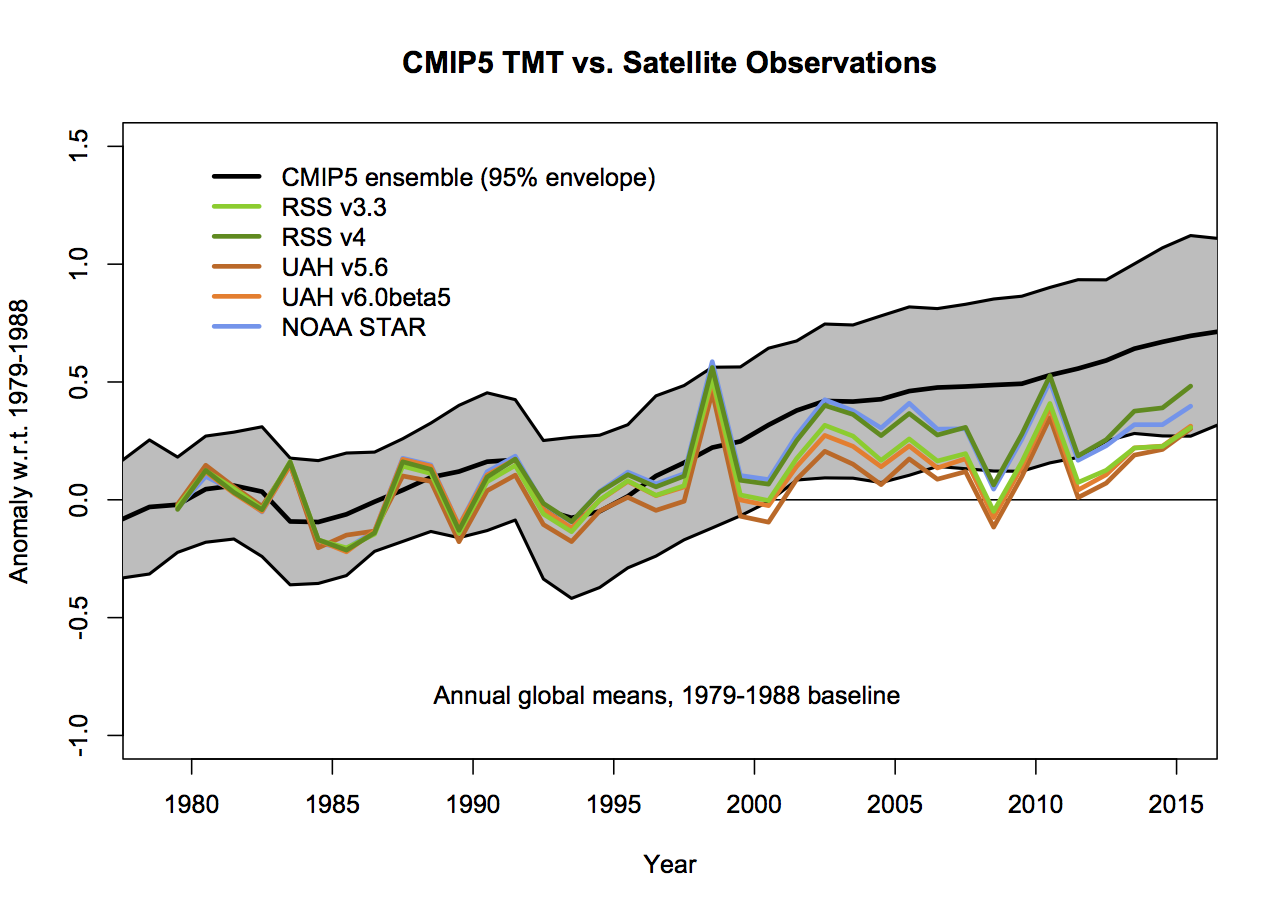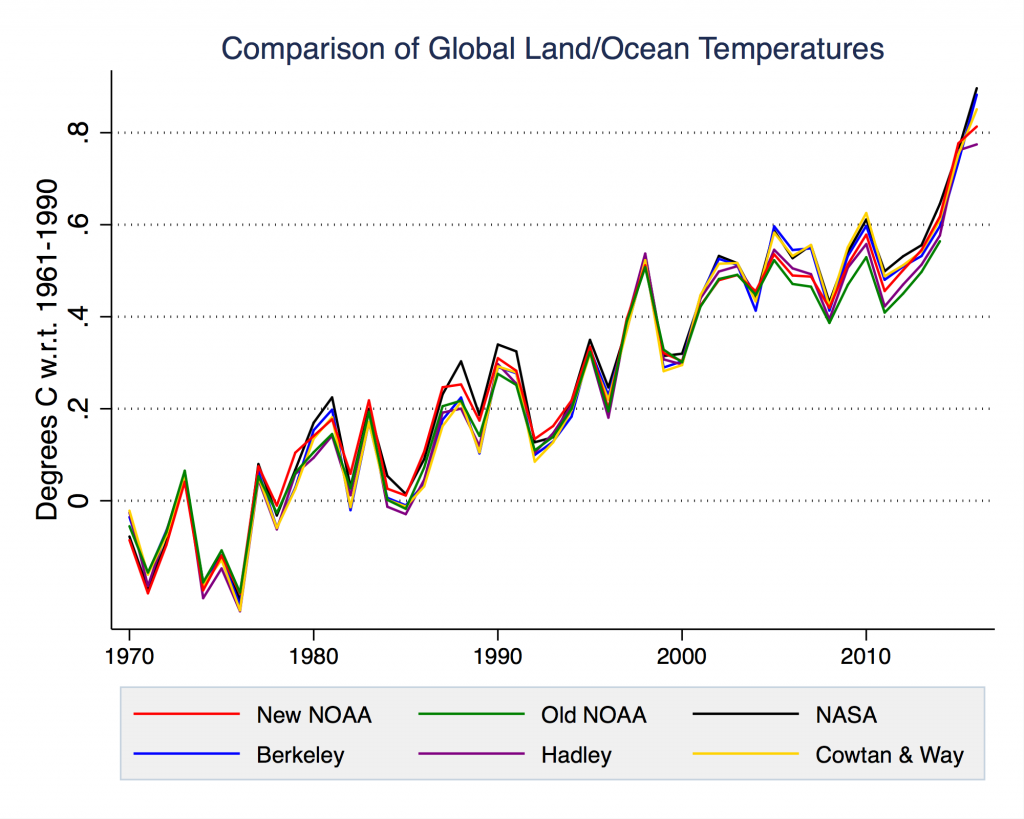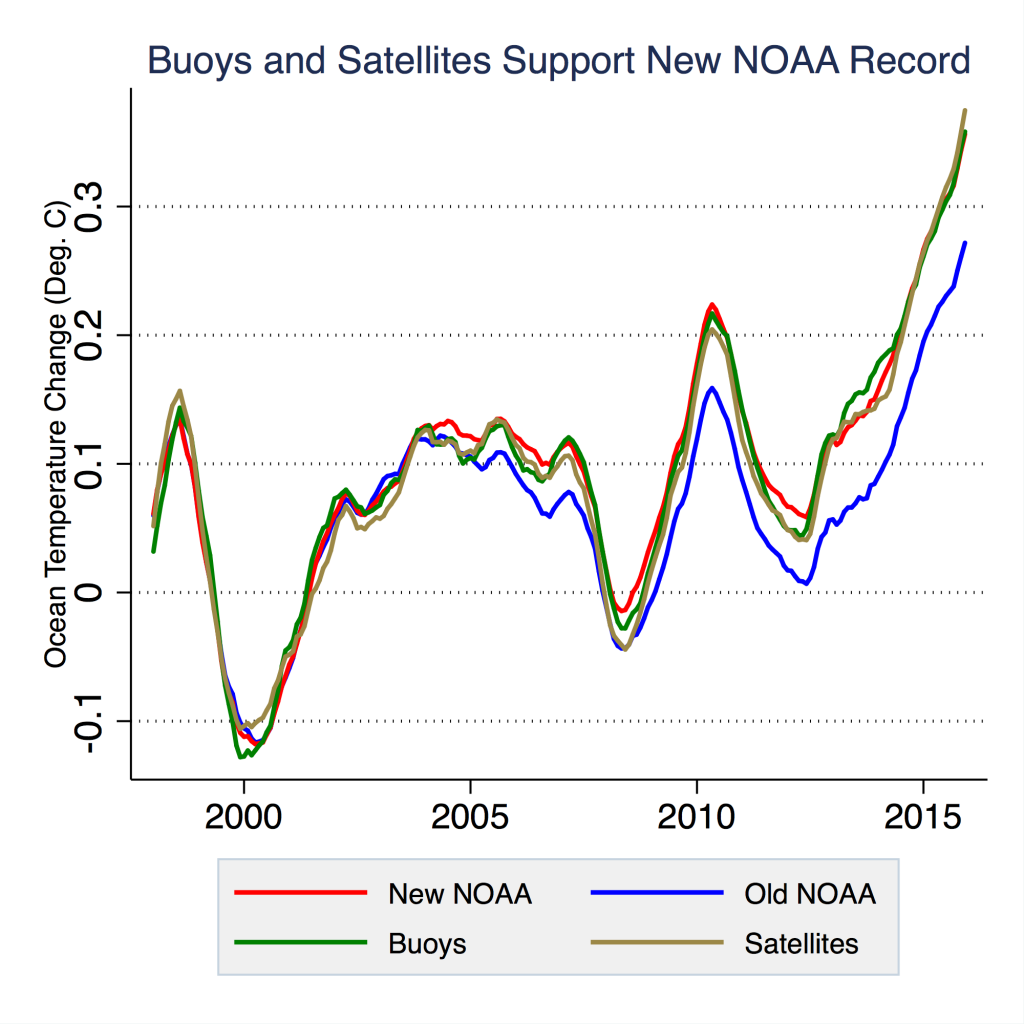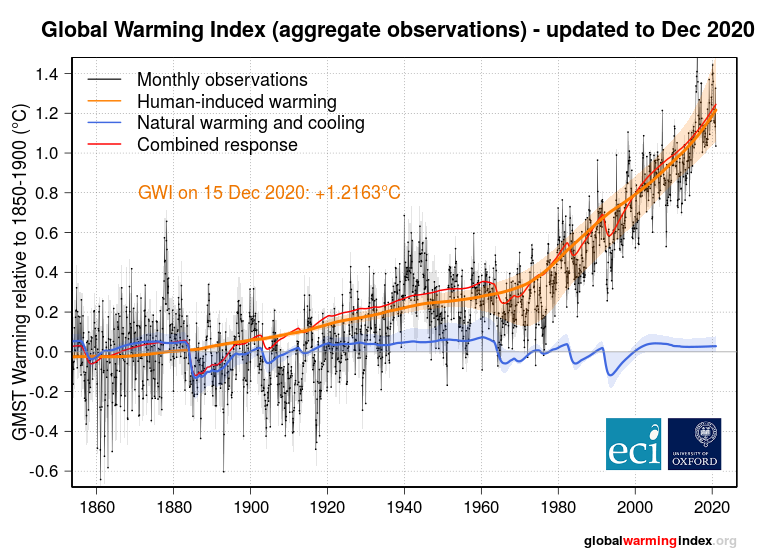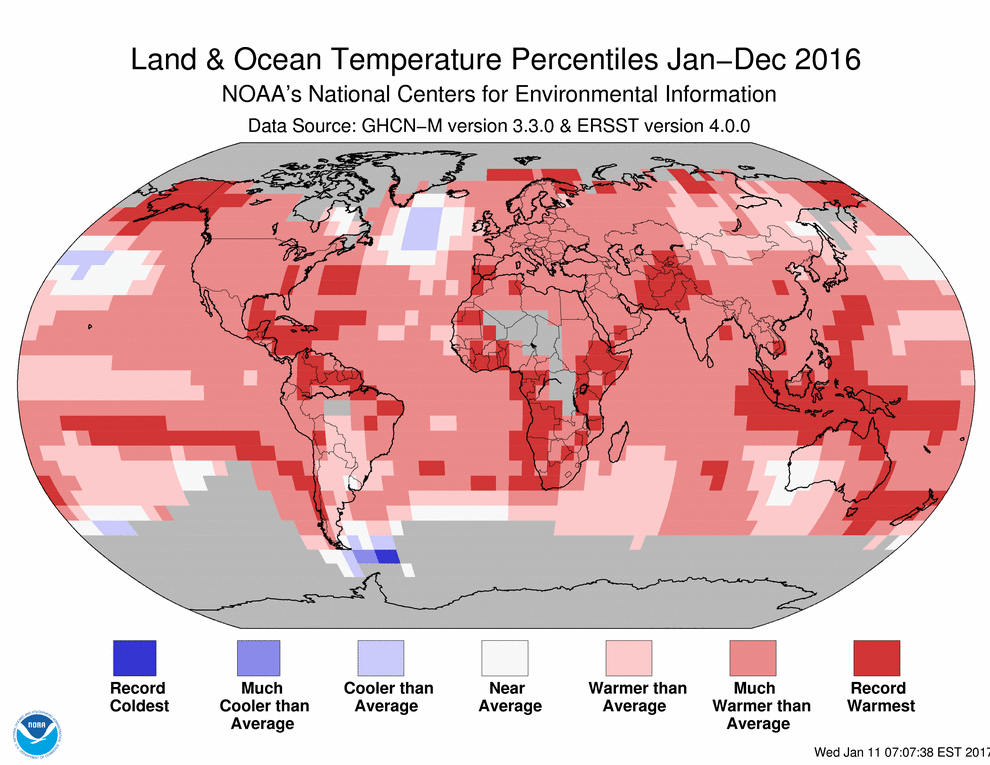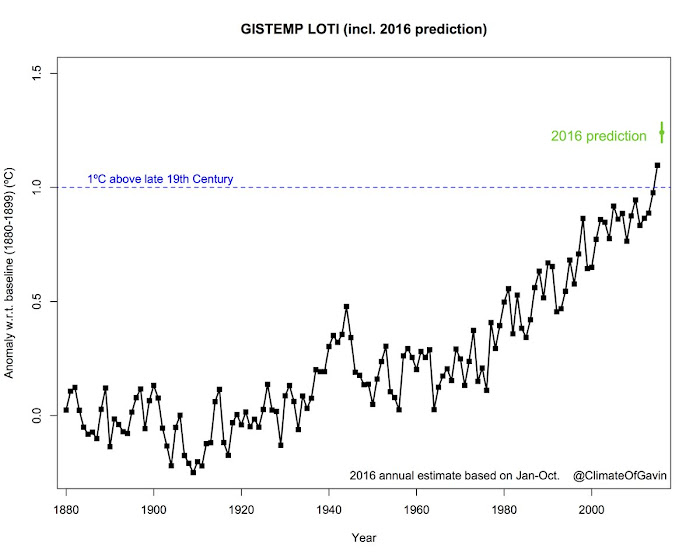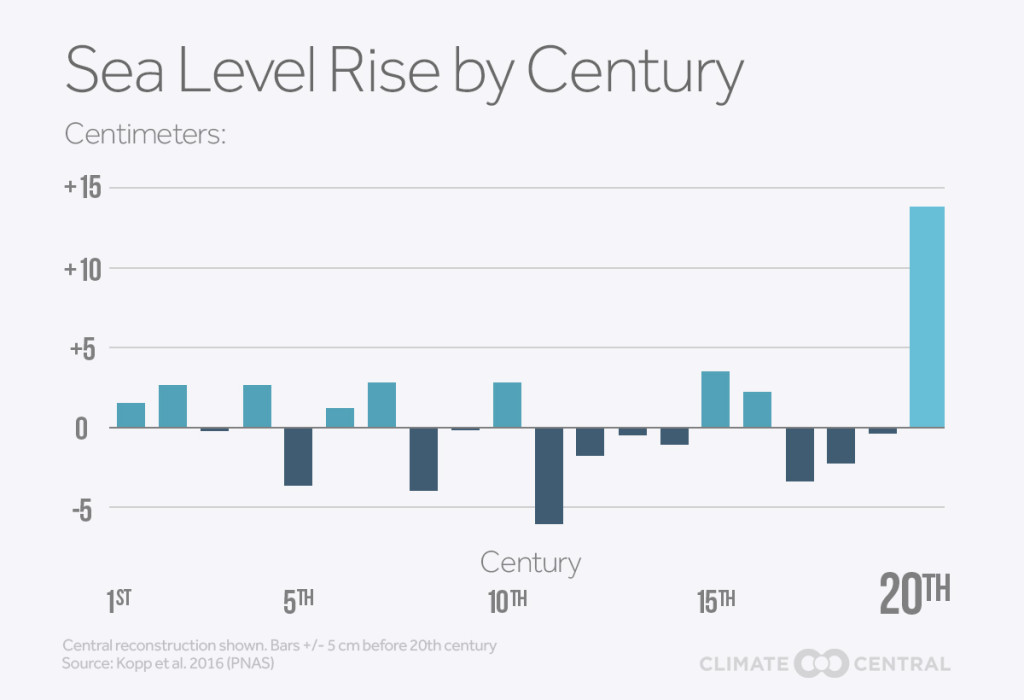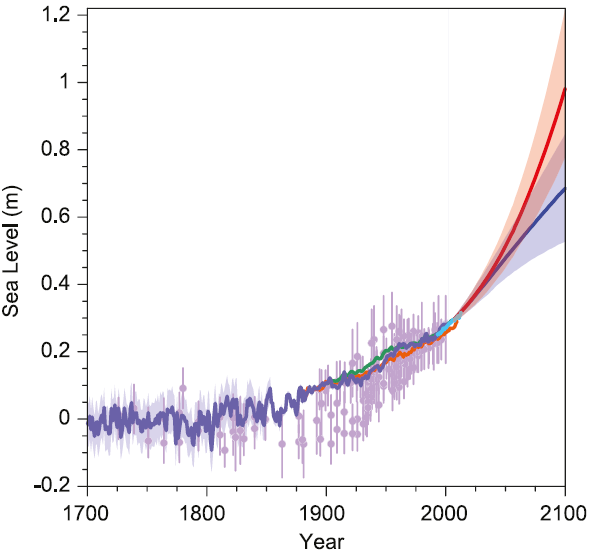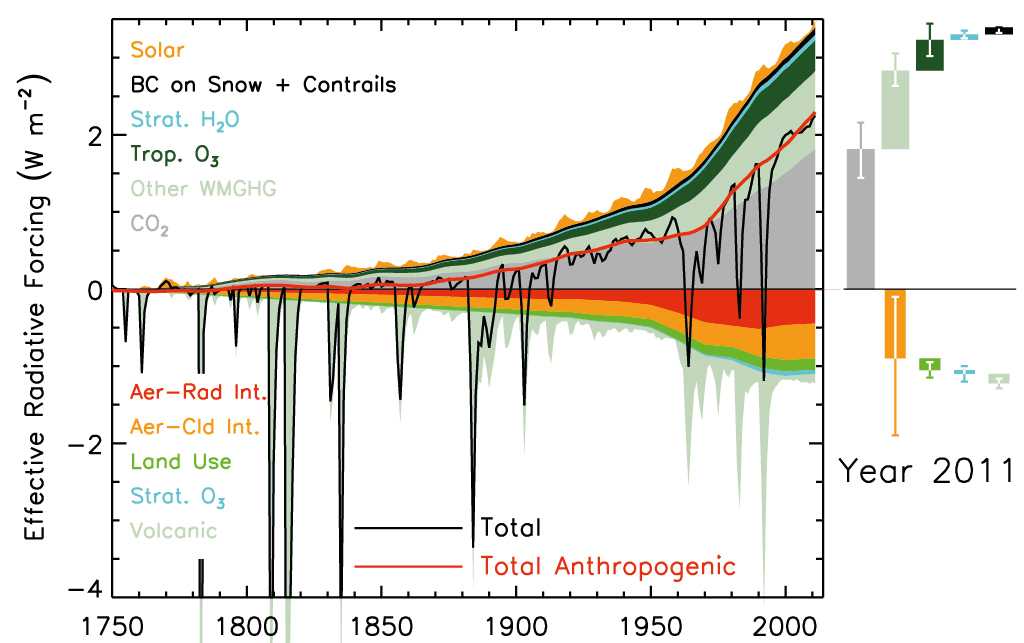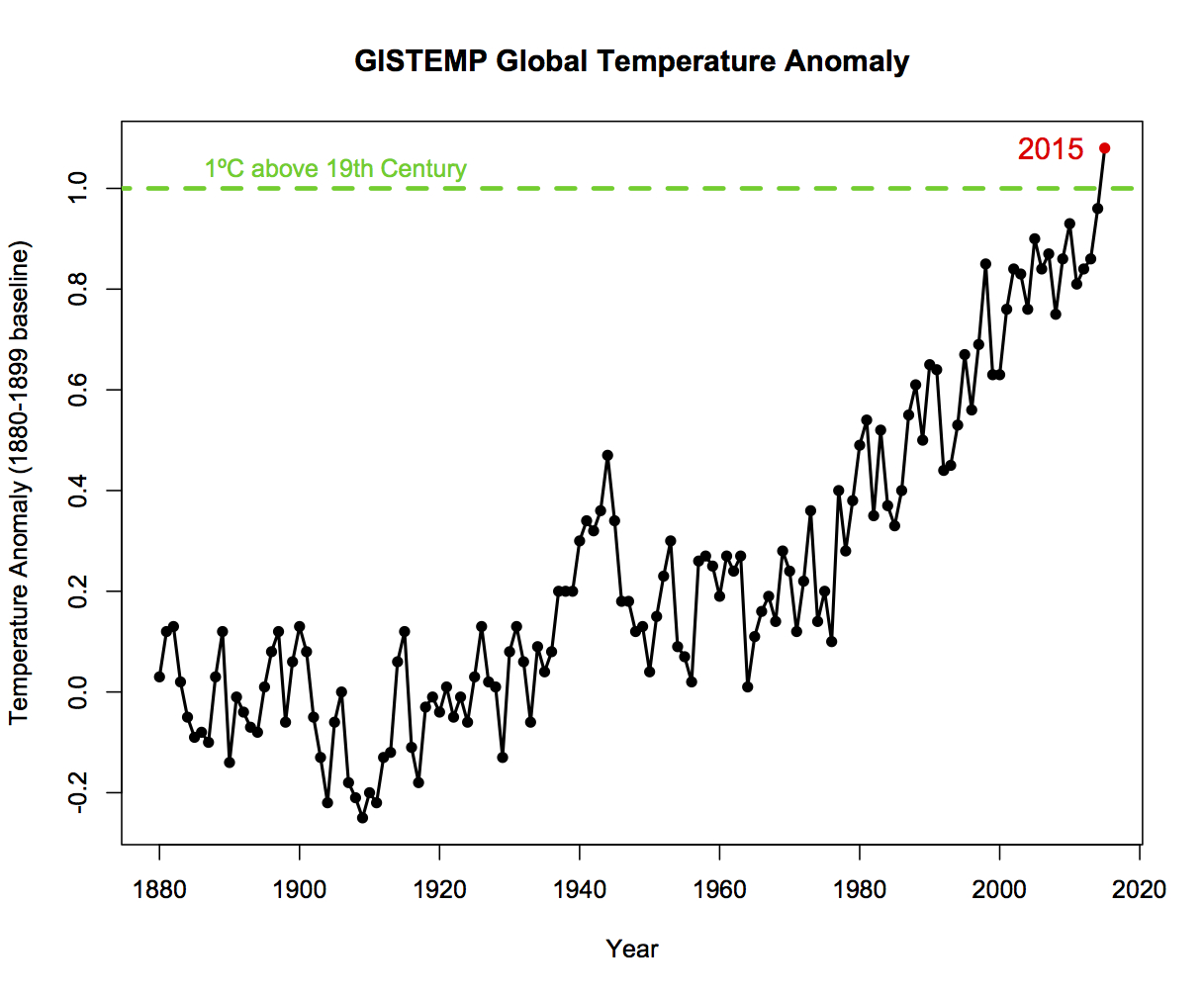It is known that El Nino, an osculation in the tropical Pacific is a cause of short-term fluctuations of the temperature and precipitation. This should not be confused with long-term warming. This is clearly illustrated by this graph below that shows the warming of El Nino years, La Nina years (the opposite of El Nino) and neutral years individually.

The graph also takes out volcanoes, which is another source of short-term fluctuations. The graph is from the Texas State climatologist John Nielsen-Gammon.
Thus going from an El Nino to a La Nina some cooling is expected. To make the mislead claim that this is 1°C of cooling David Rose had to ignore a large part of the evidence and select only what suits his narrative.
1.He selects monthly temperature data, which is more noisy than annual average temperatures.
2.In this noisy data he selects the highest and the lowest value. If you do this you amplify the noise, the highest value is more likely than not high in part due to the noise and the low value low due to the noise.
3.Rose not only selected specific months, but also specific variables and datasets. He shows the temperature of the troposphere, several km up in the air, not the temperature at the surface. He shows one specific dataset (out of a dozen) of the tropospheric temperatures, while all other datasets show a smaller temperature drop.
4.The temperature of the troposphere is influenced more strongly by El Nino, that the surface temperature, where we live. This dataset is thus more noisy. It shows about the same long-term trend in warming, but this trend is harder to see due to all the noise.
5.Rose selected only the land temperature, which is only 1/3 of the Earth's surface and thus more noisy than the global temperature itself. And the land temperature is by its nature more noisy. While the temperature in the Arctic is extremely high, the land temperature in Siberia was very cold in October.

6.The dataset Rose selected has known problems. To quote its producer Carl Mears:
The lower tropospheric (TLT) temperatures have not yet been updated at this time and remain V3.3. The V3.3 TLT data suffer from the same problems with the adjustment for drifting measurement times that led us to update the TMT dataset. V3.3 TLT data should be used with caution.
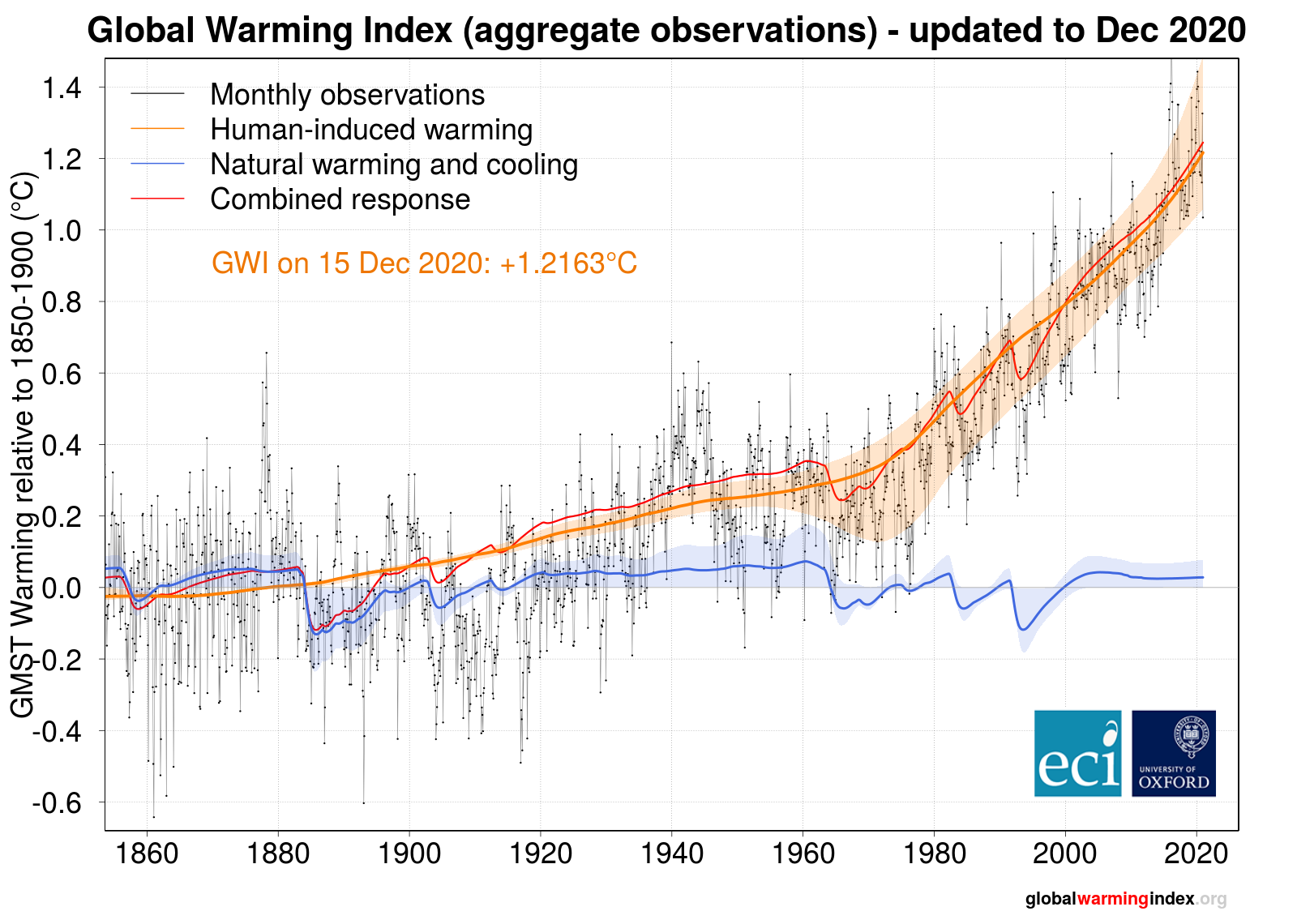

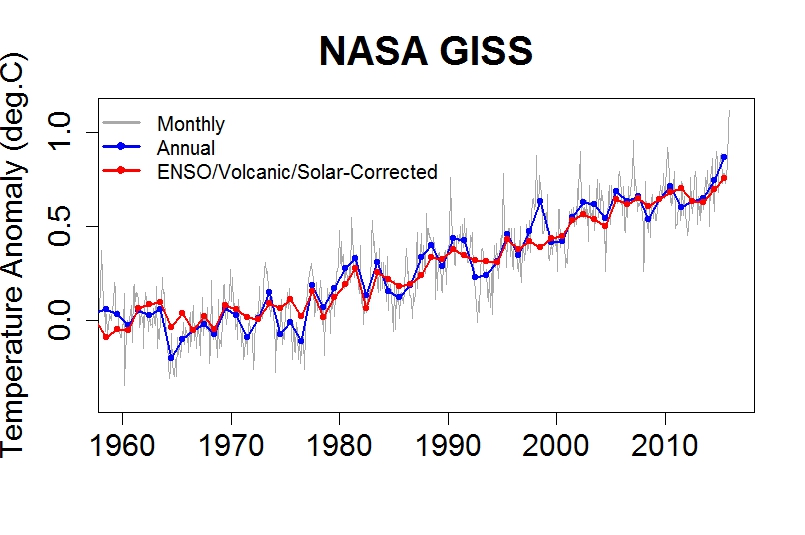



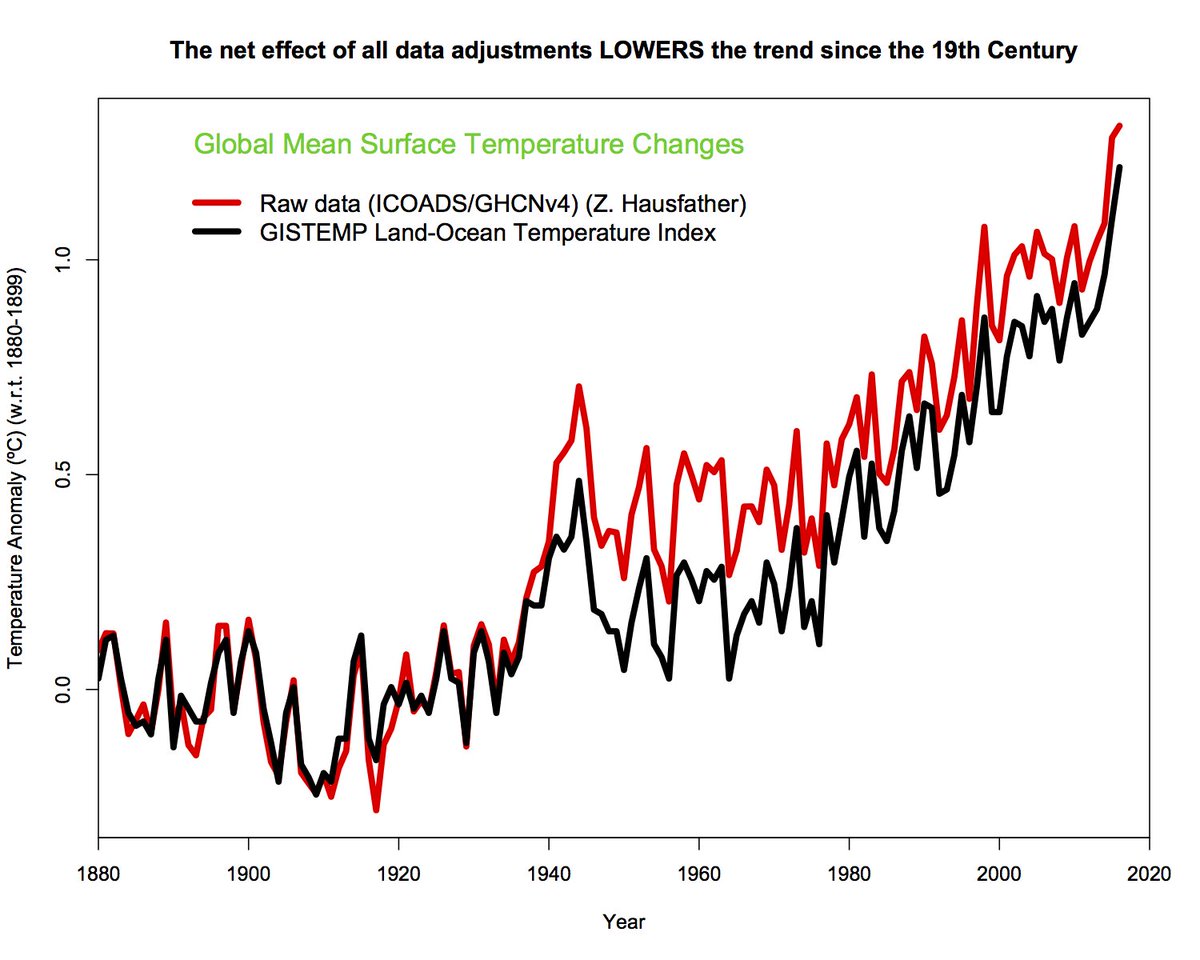

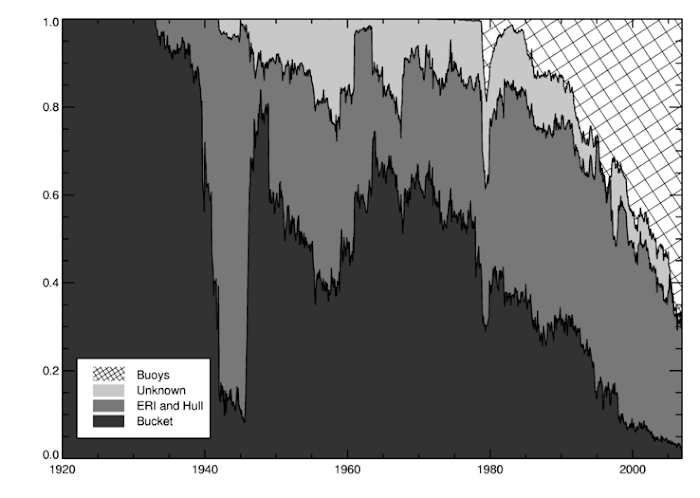 (
(